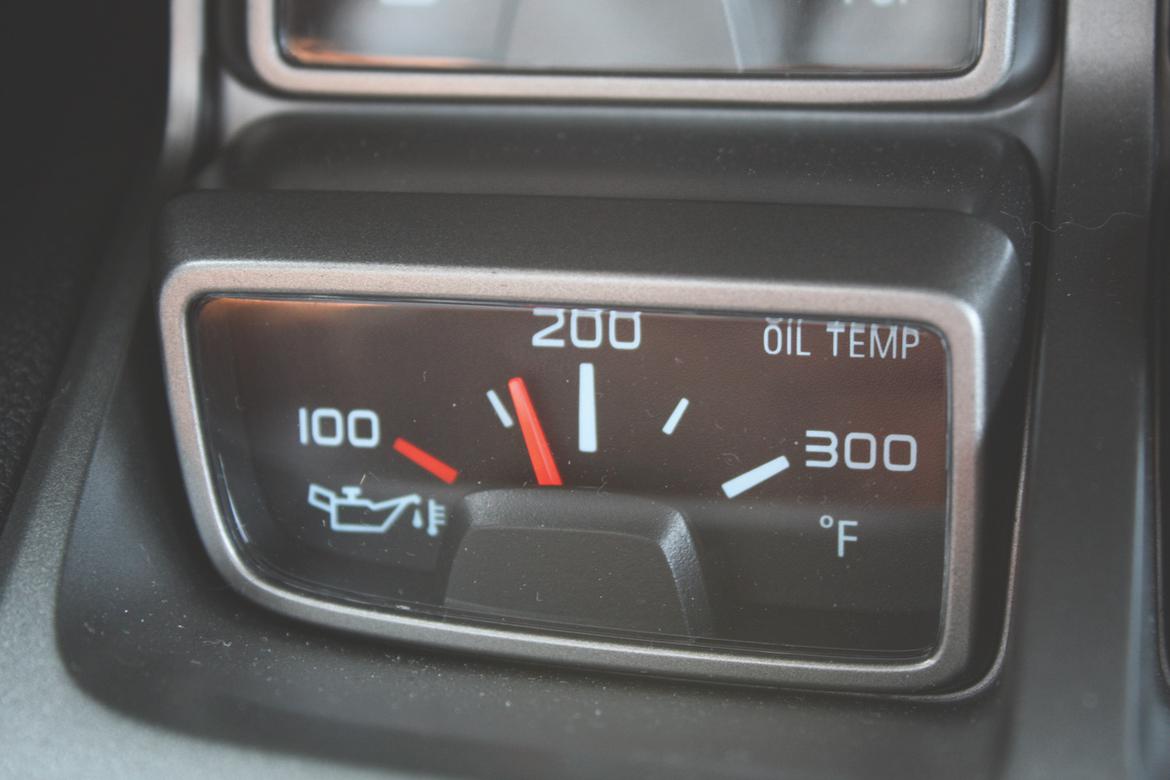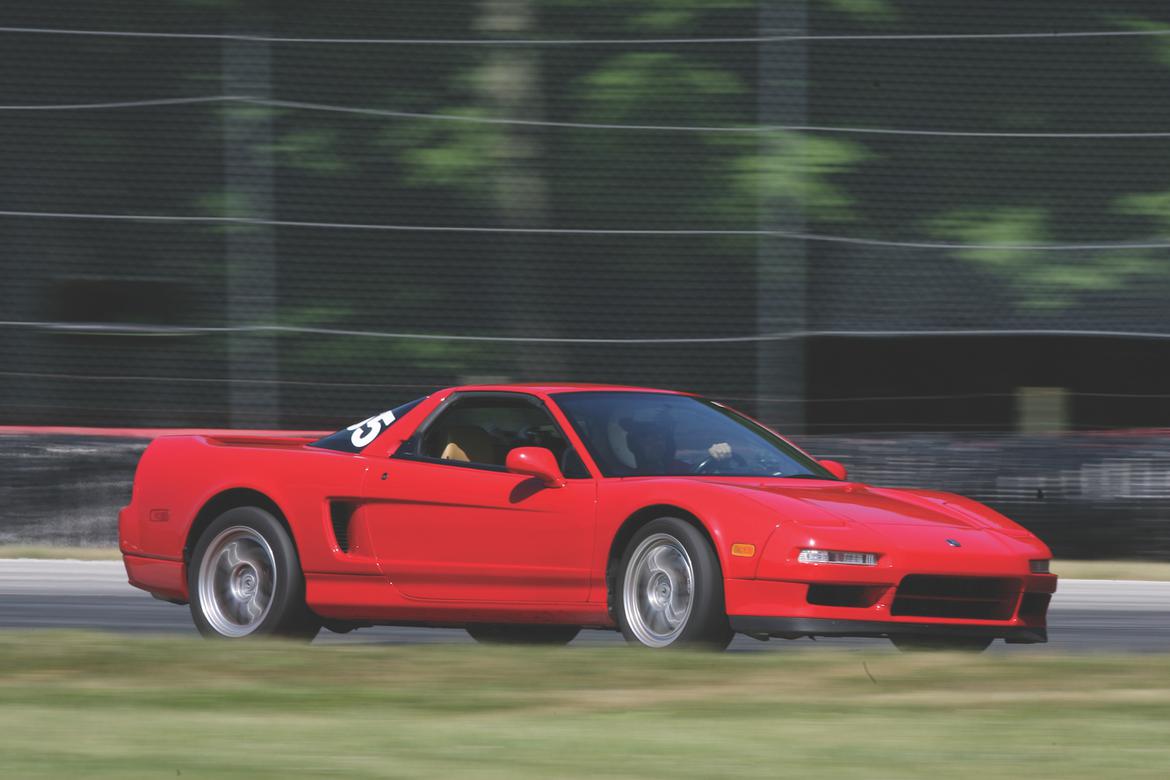Making power isn’t about silver bullets—it’s about putting together a system that works efficiently. While trick parts and the right amount of money can really help build power, there are also free or nearly free ways to pick up power no matter what’s under the hood.
These tips can help just about every kind of enthusiast. Do you compete under a strict set of rules? Prepare your car to the letter of the law to beat the competition. Are you operating on a shoestring budget? Use these tips to save some cash. Is your driving limited to the street? The same tips that improve horsepower can often squeeze more miles from each tank of gas.
We always suggest going through the cheap ways to make power before laying down any dough. Here are some of our favorite ways to get the most out of our machines.
Torque the Head and Adjust the Valves

Photography Credit: Tim Suddard
Not only is it good preventative maintenance, but this step can often free up a little lost power.
Retorquing the head—if applicable for your engine—is often a good idea, as it ensures even clamping force across the whole head. Periodically retorquing the head may even prevent a head gasket replacement down the road, keeping more money in your pocket and allowing the engine to operate at peak efficiency.
Checking valve clearances isn’t sexy, but it can impact performance. Loose valve clearances mean lost lift, while tight clearances can affect compression.
Cleanliness Counts, Especially With the Ignition

Photography Credit: Tim Suddard
Some things just work better when they’re clean, and that’s especially true for ignition components. Dirty or corroded ignition wires, caps, rotors, coils and other parts may let stray sparks fly—and every stray spark is a misfire that saps some power. This is a case where trick parts aren’t as important as clean parts.
Open the Throttle

Photography Credit: Zach Prescott
Yeah, we know that you’re pressing the gas pedal all the way to the floor, but are you opening the throttle completely? Is the floor mat or some carpeting getting in the way? Could there be a linkage problem or some other obstruction? You’d be amazed at all of the things that can prevent a throttle plate from opening fully, from wayward clamps to improperly installed aftermarket equipment.
Get the Ignition Timing Right

Photography Credit: David S. Wallens
A few degrees of ignition timing can make or lose several horsepower. Test and tune to find the right setting.
A dyno is the easiest way to do this, but since we’re talking about free tips here you need to do it the low-buck way. Try some acceleration tests: In second or third gear, do a full-throttle pull from 3000 rpm to the redline.
Slightly change your ignition timing between each test. The run with the shortest time will reveal your best setting.
Keep the Air Cool

Photography Credit: Anthony Neste
Cool air makes more power. Since this is about free horsepower, you can’t just cheat and buy a cold-air intake.
You have to either make your own out of junk or modify the factory system. Here’s a hint: Sometimes a heat shield is easier to install and nearly as useful as a full cold-air system. When designing a solution, ask yourself the following question: How can I protect the intake tract and fuel lines from heat?
Keep the Oil Warm

Photography Credit: Zach Prescott
People always mix up this part. While cool intake air makes more power, engine oil can free up some ponies when it’s warm. We’ve found power gains—like 2 or 3 percent—just by keeping the oil 10 to 20 degrees warmer than most people consider normal. We’ll aim for 205 degrees instead of 190 degrees.
How do we do that? One way is to run a hotter thermostat; another is to remove the oil cooler, adding lightness in the process. Sometimes it’s a matter of trying different oil viscosities. Each car seems to have its own trick.
Properly Set the Mixture

Photography Credit: David S. Wallens
After setting the ideal ignition timing, hone in on the proper air/fuel mixture—most cars allow some kind of adjustment.
If you have the luxury of tuning with a wideband air/fuel meter, most normally aspirated cars perform best at 12.5:1 to 13:1 at peak load. Forced induction cars often like to be a bit richer. If you don’t have a wideband meter, you can use acceleration runs as a low-buck dyno substitute.
Finally, there’s the old-school method of reading the spark plugs. Make sure to shut down and coast (and not crash) immediately after each acceleration run. If you sit there and idle, you’ll only be reading your idle mixture.
Dial In the Tires and Suspension

Photography Credit: Tom Heath
To stop any parasitic losses while simultaneously getting the best traction and handling out of your car, make sure your alignment, tire pressures and brakes are correctly adjusted. If your tires are slipping or something’s dragging, you’re not going to use all of your horsepower for speed.
It sounds simple, but how many of us are checking our tire pressures on a regular basis? Those improperly inflated tires are wasting fuel and slowing us down.
Brake Late

Photography Credit: Chris Clark
Most cars decelerate faster than they accelerate. That means you should brake as late as possible if you’re seeking fast lap times and the most out of your car’s power.
Are you sure you’re waiting until the last possible moment to brake or breathe off the throttle? Some time with a data acquisition setup will yield concrete answers. Can’t afford that route? Have someone watch you the next time you’re on track or at an autocross.
Shift Right

Photography Credit: Courtesy Honda
Shifting at the right time won’t make you any power. However, it will ensure that you’re getting the most out of the power that you have, thus making your car faster.
Use your stopwatch to figure out the best shift point for your car and your gear ratios. Remember, just shifting at the redline doesn’t always produce the fastest time. Once you’ve found your ideal shift points, use them whenever you drive—practice makes perfect.
Learn the Tweaks for Your Car

Photography Credit: Tom Heath
Common tweaks exist for the factory setup of almost every car. They’re often spread by clubs, the Internet, and magazines like GRM. Do your research and implement these tweaks.
Keep in mind that there’s really no such thing as a free lunch. Many of these tweaks may come with a cost in drivability or longevity. After all, most factory engineers are pretty smart. Even so, sometimes you stumble across a little nugget of info that makes a difference.
Practice, Practice, Practice

Photography Credit: Photosbyjuha.com
Consistency counts in any motorsport, and the more you practice your craft, the more consistent you’ll be. Getting the most power out of your car means driving, shifting and braking methodically, so practice whenever you can.
Measure Twice, Learn Once

Photography Credit: Tim Suddard
Whether you’re using a dyno or a stopwatch, measure and record your results. A particular change may help one car while hurting another. Some tweaks work well together, but some don’t. For each of these tricks, find a safe way to measure the effects. Make the best of the ones that work for your car.












































